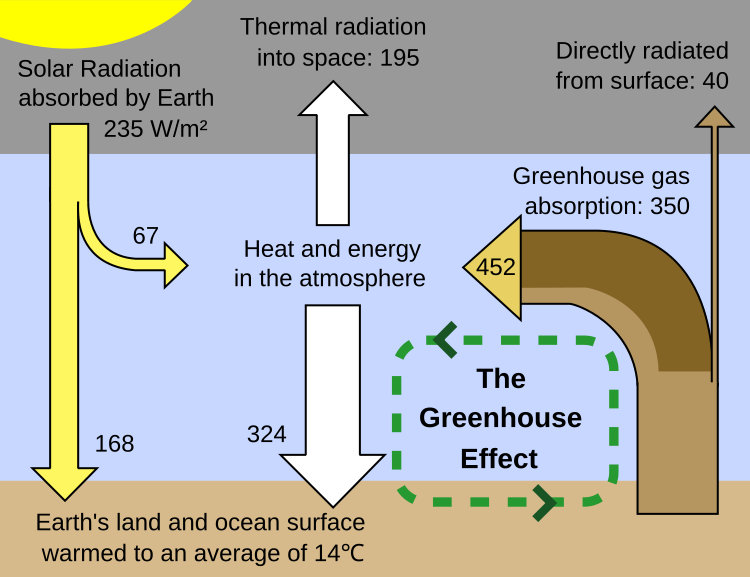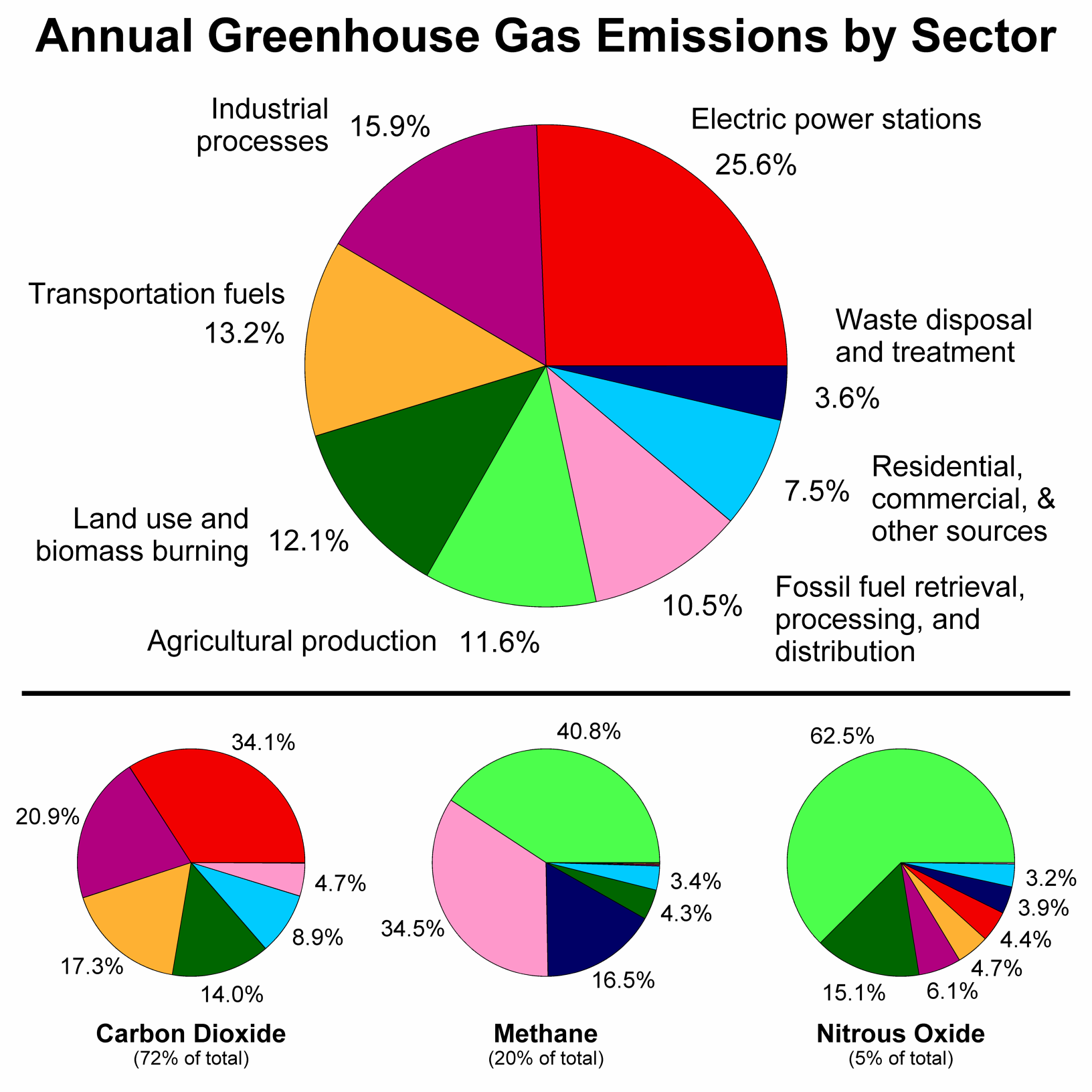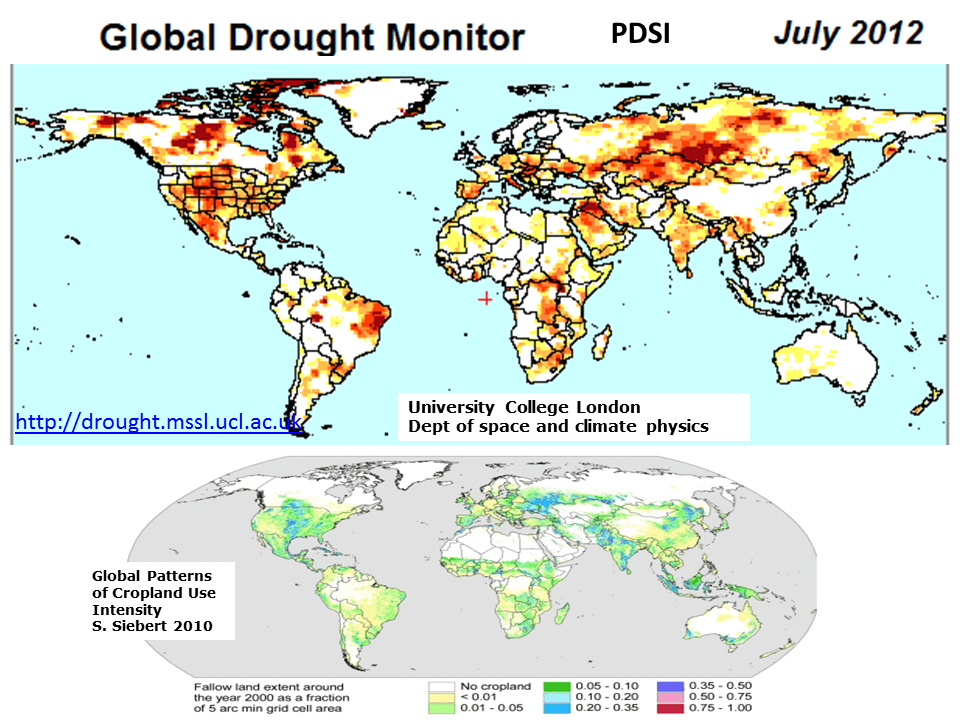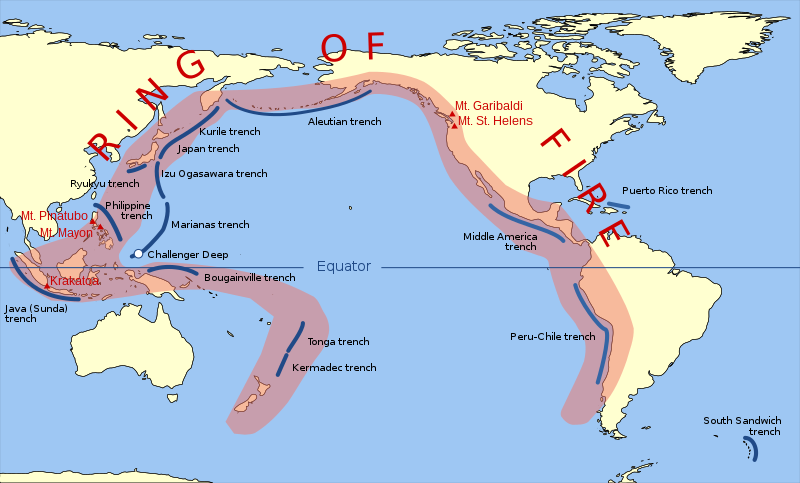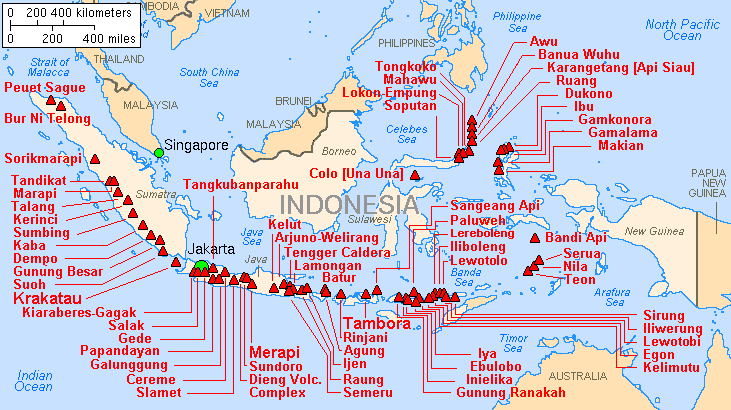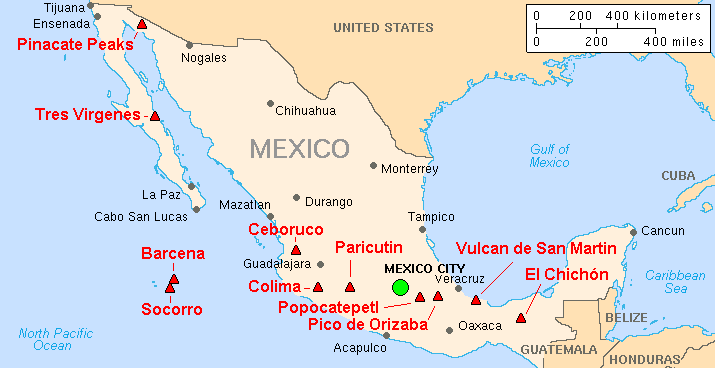2006年以來世界各地頻傳蜜蜂大量消失或死亡,每年幾乎去掉三分之一商用蜂群 (每年作物授粉季節,用卡車載著到處為種植業者服務的蜂群),確切原因至今神秘,最新研究發現,元凶可能是一種從菸草跳到黃豆再傳給蜜蜂的突變輪斑病毒( ringspot )。
報告刊登於美國微生物學學會期刊mBio的線上版:蜜蜂大量死亡通常從秋天開始,到冬天達高峰,這個情況與菸草輪斑病毒傳染從出現到高潮的過程呼應。
研究發現,蜜蜂感染菸草輪斑病毒的數目,在冬季勁升到22.5%,而春天只有7%。抵抗力削弱的蜂群 (嚴重感染的蜂群),死亡率從秋末開始大幅上升。
研究團隊的成員來自美國農業部的實驗室、美國多所大學,以及北京的中國農業科學院。他們在蜜蜂採蜜時採取的花粉裡發現菸草輪斑病毒,蜜蜂將唾液、花蜜和花粉摻混成幼蟲吃的「蜜蜂麵包」時,可能撒播了這種要命的病毒。靠蜜蜂為食的蟎,在這種病毒的傳播裡可能也扮演一個角色。這項研究,為「蜂群崩潰失調」現象提供一種解釋。「蜂群崩潰失調」一詞形成於七年前,指蜜蜂的死亡率是正常速率的兩倍。
不過,科學家也疑心,增加蜜蜂死亡率,可能是好幾種病毒、寄生蟲、殺蟲劑共同作用的結果。
蜜蜂感染菸草輪斑病毒,是已知某種病毒從花粉跳到蜜蜂身上的首例。報告說,20種植物病毒約有一種發現於花粉之中,表示花粉可能是跳躍式傳染的重要來源。科學家並研判,菸草輪斑病毒攻擊蜜蜂的神經系統。
蜜蜂被譽為「地球上最重要的昆蟲」,愛因斯坦曾經預言:「如果蜜蜂從世界上消失,人類也將僅僅剩下4年的光陰。」這個體重還不到1公克的小小生物,為什麼這麼重要?這是因為牠替植物授粉,在植物界扮演著支配者的角色,如果世界上沒有蜜蜂,有4萬種植物將面臨滅絕的危機。
宜蘭大學生物技術與動物科學系教授陳裕文說,地球上有約80%的顯花植物,得靠昆蟲授粉傳宗接代,其中有85%靠蜜蜂授粉,種類數高達17萬種。
他形容,蜜蜂幾乎「壟斷」花粉傳遞市場,是因為蜜蜂非常勤勞,一隻蜜蜂每天可訪花數百朵,蜂群之間靠著跳蜂舞,互相通告採蜜,1個蜂群每天可訪花100萬朵以上。
而且蜜蜂飛離蜂巢後,只會拜訪同一種花,讓花粉粒可以正確地送到雌蕊上,不會「亂點鴛鴦譜」。
很多人可能不知道,全球主要的115種農作物中,有52種需要蜜蜂授粉,其中5種主要作物,如果沒有了蜜蜂幫忙,產量恐怕會減少超過九成。因為蜜蜂勤勞工作,全球靠著蜜蜂授粉的經濟利益,多達每年2120億美金,是全球農作物年產值的將近一成。
也是因為如此,蜜蜂的神祕消失,在美國引起相當大的重視,美國國會還因此在2007年召開聽證會,責成美國農業部召集專家研究,避免發生糧食危機。
蜜蜂在地球上出現至少已有3千萬年,蜜蜂屬的昆蟲全世界只有9種,其中8種分布在亞洲,統稱為亞洲蜂,另外1種是廣泛分布在歐洲與非洲的西洋蜂。
台灣有兩種蜜蜂,一種是本土種類的東方蜂,分布在全島的平原到3千公尺的高山,多半是野生;另外一種則是約100年前由日本人引入的西洋蜂,也是現在台灣養蜂界普遍飼養的種類。
陳裕文說,台灣蜂農很靈活,除了採集蜂蜜和蜂王乳,還有蜂膠、花粉等產品,其中蜂蜜和蜂王乳每年產值大約是13億,這些還只是直接產值,若計入授粉的間接產值,一年估計多達300億,相當可觀。
Scientists discover what’s killing the bees and it’s worse than you thought
As we’ve written before, the mysterious mass die-off of honey bees that pollinate $30 billion worth of crops in the US has so decimated America’s apis mellifera population that one bad winter could leave fields fallow. Now, a new study has pinpointed some of the probable causes of bee deaths and the rather scary results show that averting beemageddon will be much more difficult than previously thought.
Scientists had struggled to find the trigger for so-called Colony Collapse Disorder (CCD) that has wiped out an estimated 10 million beehives, worth $2 billion, over the past six years. Suspects have included pesticides, disease-bearing parasites and poor nutrition. But in a first-of-its-kind study published today in the journal PLOS ONE, scientists at the University of Maryland and the US Department of Agriculture have identified a witch’s brew of pesticides and fungicides contaminating pollen that bees collect to feed their hives. The findings break new ground on why large numbers of bees are dying though they do not identify the specific cause of CCD, where an entire beehive dies at once.
When researchers collected pollen from hives on the east coast pollinating cranberry, watermelon and other crops and fed it to healthy bees, those bees showed a significant decline in their ability to resist infection by a parasite called Nosema ceranae. The parasite has been implicated in Colony Collapse Disorder though scientists took pains to point out that their findings do not directly link the pesticides to CCD. The pollen was contaminated on average with nine different pesticides and fungicides though scientists discovered 21 agricultural chemicals in one sample. Scientists identified eight ag chemicals associated with increased risk of infection by the parasite.
Most disturbing, bees that ate pollen contaminated with fungicides were three times as likely to be infected by the parasite. Widely used, fungicides had been thought to be harmless for bees as they’re designed to kill fungus, not insects, on crops like apples.
“There’s growing evidence that fungicides may be affecting the bees on their own and I think what it highlights is a need to reassess how we label these agricultural chemicals,” Dennis vanEngelsdorp, the study’s lead author, told Quartz.
Labels on pesticides warn farmers not to spray when pollinating bees are in the vicinity but such precautions have not applied to fungicides.
Bee populations are so low in the US that it now takes 60% of the country’s surviving colonies just to pollinate one California crop, almonds. And that’s not just a west coast problem—California supplies 80% of the world’s almonds, a market worth $4 billion.
In recent years, a class of chemicals called neonicotinoids has been linked to bee deaths and in April regulators banned the use of the pesticide for two years in Europe where bee populations have also plummeted. But vanEngelsdorp, an assistant research scientist at the University of Maryland, says the new study shows that the interaction of multiple pesticides is affecting bee health.
“The pesticide issue in itself is much more complex than we have led to be believe,” he says. “It’s a lot more complicated than just one product, which means of course the solution does not lie in just banning one class of product.”
The study found another complication in efforts to save the bees: US honey bees, which are descendants of European bees, do not bring home pollen from native North American crops but collect bee chow from nearby weeds and wildflowers. That pollen, however, was also contaminated with pesticides even though those plants were not the target of spraying.
“It’s not clear whether the pesticides are drifting over to those plants but we need take a new look at agricultural spraying practices,” says vanEngelsdorp.
為什麼蜜蜂消失? ( Marla Spivak: Why bees are disappearing ? ) - 有害農藥、殺蟲劑、基因除野草農藥已經逐漸傷害人類
現在,我們有最好的數據蜜蜂,所以我會用它們作為一個例子。在美國,蜜蜂其實自二戰以來一直在下降。我們有一半的人數相比,現在至1945年在美國的管理蕁麻疹。我們下降到約200萬蜂巢的蜜蜂,我們的想法。原因是,二戰結束後,我們改變了我們的耕作方式。我們停止種植覆蓋作物。我們停止種植三葉草,苜蓿,這是天然的肥料,土壤中的氮固定,相反,我們開始使用合成肥料。三葉草和苜蓿植物對蜜蜂高營養的食物。二戰結束後,我們就開始使用除草劑殺死雜草在我們的農場。許多這些雜草開花植物,蜜蜂需要為自己的生存。我們開始越來越大的作物單一種植。現在我們談論食物沙漠,在我們的城市的地方,沒有雜貨店的街區。蜜蜂用於維持農場現在農業食品沙漠,由一個或兩個植物物種,如玉米和大豆為主。自第二次世界大戰以來,我們一直在系統地消除許多開花植物,蜜蜂需要為自己的生存。這些甚至延伸單一種植農作物,良好的蜜蜂,像杏仁。五十年前,養蜂人將採取幾個殖民地,入杏仁果園蜂箱的蜜蜂,授粉,也因為實在是高蛋白質的杏仁花中的花粉。蜜蜂真的很好。現在,杏仁單一種植規模的要求,我們國家的大部分蜜蜂,超過150萬個蜂巢的蜜蜂,被運往全國各地的授粉作物。他們用卡車運在半負荷,他們必須用卡車運出去,因為杏仁果園開花後,是一個巨大的和無花的景觀。
這些類殺蟲劑, neonicontinoids ,現在世界各地的頭條新聞。你可能已經聽說過它。這是一類新的殺蟲劑。移動通過植物,使作物害蟲,食葉昆蟲,咬了一口的植物,並得到一個致命的劑量和模具。如果這些neonics之一,我們給他們打電話,適用於高濃度,如在這地面應用,足以通過植物的複合移動並進入花粉和花蜜,蜜蜂可以消耗的地方,在這種情況下,高劑量的這種神經毒素,使蜜蜂抽搐和死亡。大多數農產品設置,我們的大多數農場種子與殺蟲劑的塗,這樣一個較小的濃度移動通過植物和獲取到的花粉和花蜜,和如果一隻蜜蜂消耗這個較低的劑量,無論是什麼發生或蜜蜂變得陶醉和迷失方向,她可能無法找到回家的路。一切之上,蜜蜂疾病和寄生蟲都有自己的一套。頭號公敵蜜蜂是這件事情。這就是所謂的蜂析構函數。它恰當地命名。這是這個大,吸血的寄生蟲,危害蜜蜂的免疫系統和循環病毒 ...
Scientists discover what’s killing the bees and it’s worse than you thought
As we’ve written before, the mysterious mass die-off of honey bees that pollinate $30 billion worth of crops in the US has so decimated America’s apis mellifera population that one bad winter could leave fields fallow. Now, a new study has pinpointed some of the probable causes of bee deaths and the rather scary results show that averting beemageddon will be much more difficult than previously thought.
Scientists had struggled to find the trigger for so-called Colony Collapse Disorder (CCD) that has wiped out an estimated 10 million beehives, worth $2 billion, over the past six years. Suspects have included pesticides, disease-bearing parasites and poor nutrition. But in a first-of-its-kind study published today in the journal PLOS ONE, scientists at the University of Maryland and the US Department of Agriculture have identified a witch’s brew of pesticides and fungicides contaminating pollen that bees collect to feed their hives. The findings break new ground on why large numbers of bees are dying though they do not identify the specific cause of CCD, where an entire beehive dies at once.
When researchers collected pollen from hives on the east coast pollinating cranberry, watermelon and other crops and fed it to healthy bees, those bees showed a significant decline in their ability to resist infection by a parasite called Nosema ceranae. The parasite has been implicated in Colony Collapse Disorder though scientists took pains to point out that their findings do not directly link the pesticides to CCD. The pollen was contaminated on average with nine different pesticides and fungicides though scientists discovered 21 agricultural chemicals in one sample. Scientists identified eight ag chemicals associated with increased risk of infection by the parasite.
Most disturbing, bees that ate pollen contaminated with fungicides were three times as likely to be infected by the parasite. Widely used, fungicides had been thought to be harmless for bees as they’re designed to kill fungus, not insects, on crops like apples.
“There’s growing evidence that fungicides may be affecting the bees on their own and I think what it highlights is a need to reassess how we label these agricultural chemicals,” Dennis vanEngelsdorp, the study’s lead author, told Quartz.
Labels on pesticides warn farmers not to spray when pollinating bees are in the vicinity but such precautions have not applied to fungicides.
Bee populations are so low in the US that it now takes 60% of the country’s surviving colonies just to pollinate one California crop, almonds. And that’s not just a west coast problem—California supplies 80% of the world’s almonds, a market worth $4 billion.
 |
| US is world wide largest corn production country |
In recent years, a class of chemicals called neonicotinoids has been linked to bee deaths and in April regulators banned the use of the pesticide for two years in Europe where bee populations have also plummeted. But vanEngelsdorp, an assistant research scientist at the University of Maryland, says the new study shows that the interaction of multiple pesticides is affecting bee health.
“The pesticide issue in itself is much more complex than we have led to be believe,” he says. “It’s a lot more complicated than just one product, which means of course the solution does not lie in just banning one class of product.”
The study found another complication in efforts to save the bees: US honey bees, which are descendants of European bees, do not bring home pollen from native North American crops but collect bee chow from nearby weeds and wildflowers. That pollen, however, was also contaminated with pesticides even though those plants were not the target of spraying.
“It’s not clear whether the pesticides are drifting over to those plants but we need take a new look at agricultural spraying practices,” says vanEngelsdorp.
為什麼蜜蜂消失? ( Marla Spivak: Why bees are disappearing ? ) - 有害農藥、殺蟲劑、基因除野草農藥已經逐漸傷害人類
 |
| China is the world larger fruit production country |
現在,我們有最好的數據蜜蜂,所以我會用它們作為一個例子。在美國,蜜蜂其實自二戰以來一直在下降。我們有一半的人數相比,現在至1945年在美國的管理蕁麻疹。我們下降到約200萬蜂巢的蜜蜂,我們的想法。原因是,二戰結束後,我們改變了我們的耕作方式。我們停止種植覆蓋作物。我們停止種植三葉草,苜蓿,這是天然的肥料,土壤中的氮固定,相反,我們開始使用合成肥料。三葉草和苜蓿植物對蜜蜂高營養的食物。二戰結束後,我們就開始使用除草劑殺死雜草在我們的農場。許多這些雜草開花植物,蜜蜂需要為自己的生存。我們開始越來越大的作物單一種植。現在我們談論食物沙漠,在我們的城市的地方,沒有雜貨店的街區。蜜蜂用於維持農場現在農業食品沙漠,由一個或兩個植物物種,如玉米和大豆為主。自第二次世界大戰以來,我們一直在系統地消除許多開花植物,蜜蜂需要為自己的生存。這些甚至延伸單一種植農作物,良好的蜜蜂,像杏仁。五十年前,養蜂人將採取幾個殖民地,入杏仁果園蜂箱的蜜蜂,授粉,也因為實在是高蛋白質的杏仁花中的花粉。蜜蜂真的很好。現在,杏仁單一種植規模的要求,我們國家的大部分蜜蜂,超過150萬個蜂巢的蜜蜂,被運往全國各地的授粉作物。他們用卡車運在半負荷,他們必須用卡車運出去,因為杏仁果園開花後,是一個巨大的和無花的景觀。
這些類殺蟲劑, neonicontinoids ,現在世界各地的頭條新聞。你可能已經聽說過它。這是一類新的殺蟲劑。移動通過植物,使作物害蟲,食葉昆蟲,咬了一口的植物,並得到一個致命的劑量和模具。如果這些neonics之一,我們給他們打電話,適用於高濃度,如在這地面應用,足以通過植物的複合移動並進入花粉和花蜜,蜜蜂可以消耗的地方,在這種情況下,高劑量的這種神經毒素,使蜜蜂抽搐和死亡。大多數農產品設置,我們的大多數農場種子與殺蟲劑的塗,這樣一個較小的濃度移動通過植物和獲取到的花粉和花蜜,和如果一隻蜜蜂消耗這個較低的劑量,無論是什麼發生或蜜蜂變得陶醉和迷失方向,她可能無法找到回家的路。一切之上,蜜蜂疾病和寄生蟲都有自己的一套。頭號公敵蜜蜂是這件事情。這就是所謂的蜂析構函數。它恰當地命名。這是這個大,吸血的寄生蟲,危害蜜蜂的免疫系統和循環病毒 ...
花粉是世界的重要營養元素
蜂花粉是蜜蜂採集被子植物雄蕊,藥藥裸子植物小孢子囊內的花粉細胞形成的團粒狀物,花粉是植物的雄性生殖細胞,是植物的精華所在。它不僅攜帶著植物生命的遺傳信息,而且還有生長發育的全部營養物質。
花粉中含有豐富的蛋白質,氨基酸物質,在人體所需的22種氨基酸中,花粉中含有20種,另外,花粉中還含有100多種酶和輔酶,大量的維生素A、B、C、E、 K等和豐富的礦物質。花粉中的核酸含量一般為10%左右,被譽為營養之冠,是人類一個重要的新型營養源,被譽為“超濃縮型營養庫”,“大自然中最完美的安全營養源”。
花粉的主要功效:
 |
| 向日葵, 蜀葵, 牽牛花, 山百合, 蓖麻之花粉, 500倍圖, 植物的3D鑰匙 |
蜂花粉是蜜蜂採集被子植物雄蕊,藥藥裸子植物小孢子囊內的花粉細胞形成的團粒狀物,花粉是植物的雄性生殖細胞,是植物的精華所在。它不僅攜帶著植物生命的遺傳信息,而且還有生長發育的全部營養物質。
花粉中含有豐富的蛋白質,氨基酸物質,在人體所需的22種氨基酸中,花粉中含有20種,另外,花粉中還含有100多種酶和輔酶,大量的維生素A、B、C、E、 K等和豐富的礦物質。花粉中的核酸含量一般為10%左右,被譽為營養之冠,是人類一個重要的新型營養源,被譽為“超濃縮型營養庫”,“大自然中最完美的安全營養源”。
花粉的主要功效:
- 花粉有顯著的抗疲勞,增強體力的作用
- 花粉能有效促進細胞新陳代謝、改善皮膚營養狀態,增加皮膚彈性,消除褐斑,減少皺紋,是當今世界公認的天然美容佳品。
- 花粉有抗輻射,抗衰老作用。
- 花粉中還含有豐富的維生素B組,可以使脂肪轉化為能量並得以釋放,從而起到減肥效果,消除酯肪肝。
- 花粉的芳香甙和黃酮類物質,具有降低血脂,預防和輔助治療心腦血管疾病的作用。
- 花粉可以增強消化功能,對腸胃功能紊亂、潰瘍病、便秘有積極的輔助治療作用。
- 花粉對前列腺炎、前列腺肥大有良好的輔助治療效果。
- 花粉有抗缺氧作用,能為腦細胞的發育和生理活動提供豐富的營養物質,使大腦保持旺盛的活力,改善記憶功能,增進智力並對老年性癡呆症有良好的預防效果。
- 花粉將是人類大量營養劑來源,是“大自然中最完美的安全營養源”,人類將可研究運用花粉植物生命的遺傳信息做植物改良;
分析與評論
- 由閱讀『蜜蜂消失後的世界』得知,聯合國糧食組織估算全球蜜蜂授粉服務的產值約2000億美元,如果,蜜蜂在地球消失,水果、蔬菜、養殖業食物都將短缺,人類將面臨超高價食物時代。
- 因應新興國家經濟改革,全球食物需求一年一年增加, 農產品供需失調通膨時代要來了,除非農產品科技在提升產能,人類難逃聖經預言 : [ 6:6 我聽見似乎有聲音從四個活物中發出說:「一天的工資只能買一公升小麥;一天的工資只能買三公升大麥。橄欖油和酒不可糟蹋!」] 。全球食物未來十年之影響因素:
- 全球人口將超過 80億,食物、能源不足將出現;
- 2014 ~ 2026 太陽活動與輸出能量由最據高峰轉成太陽輸出能量下降時刻,2018 ~ 2025 極可能出現長冬年代,食物不足成常態;2014 ~ 2016 是易發生春暴雨夏旱冬凍之極端氣候;
- 未來全球同時存在溫室效應會趨於嚴重,全球水資源將減少,乾淨水資源更是珍貴,春暴雨夏旱發生機率越來越高,加上頁岩油及頁岩氣的廣泛開採和大規模應用,水資源將大量用於能源開發;
- 世界各地頻傳蜜蜂大量消失或死亡,若不能解決,許多食物將降低產能;
- 蜜蜂既然會被殺蟲劑 neonicontinoids 所害,而且要經過這麼久才被科學家證實,很顯然人類也被殘餘於食物之小量殺蟲劑及農藥所害,造成人類許多疾病,只是科學家無法將疾病與食物之小量殺蟲劑及農藥之疾病關聯找到而已;
Related articles














